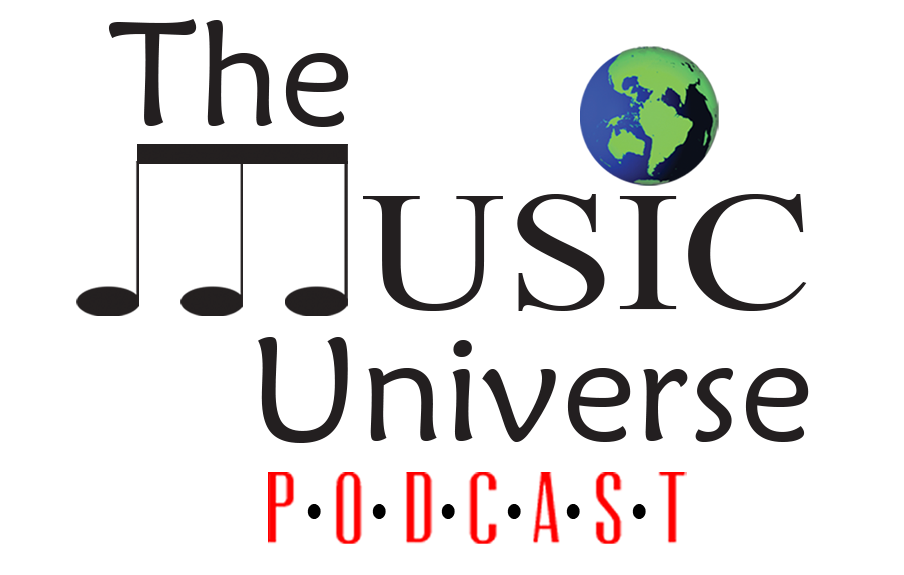Playing a musical instrument is considered one of the best attributes or talents of a person and portrays characteristics like being determined, talented, creative and intelligent as well, in a person.
When it comes to playing a keyboard, many people seem interested in wanting to learn how to play traditionally. But not only does a traditional acoustic piano cost a grand, but it also happens to require the space of a ballroom, which is not feasible for everyone.
With the invention of the digital piano, learning piano in the comfort of our own space has never been this easy. Digital pianos have a dozen additional features and perks when compared with an acoustic one. Not only are these available in different brands, shapes, sizes, perks and colors, but are also readily available at a convenient cost.
If you’re already excited to make the purchase of your first keyboard piano, you should check out the article written by Piano Nadu which contains reviews of latest pianos.
What to Look for in a Digital Piano
One must consider choosing a digital piano with:
1. 88 keys
If you want to learn how to play a piano universally and to feel as if you’re playing a real acoustic piano, you might as well be interested in purchasing an 88 full keys digital keyboard. Many digital pianos come with this 88 key format only, but as they have evolved to suit the interests of beginners and the convenience of the players, many digital piano companies have also reduced the number of keys. Having weighed and graded keys of this sort, help in mimicking the effect of an original piano.
2. Weighted keys
Weighted keys add another feature to a good digital keyboard helping one to attain and associate a traditional feel to this new age instrument. While unweighted keys present in some keyboards are easier to press, they’re often created for children and their convenience to play. If you wish to learn how to play a piano, in a traditional and impactful manner, choosing weighted keys over the unweighted ones, might as well be the way to go.
3. MIDI compatibility
MIDI is short for ‘Musical Instrument Digital Interface’ and is one of the very new aspects of digital pianos. This feature has allowed users to communicate through sending signals across their different keyboards. MIDI compatibility comes into an important play when beginners are aspiring to learn through interfacing keyboards with their computers.
4. Computer connectivity
If you want to purchase a digital piano with one of the best features and come-along perks, looking for a quick computer connectivity feature might as well be your priority. The new age keyboards come along with this feature, which has been proved to be an important feature for the beginners to learn their lessons systematically. Especially when users are trying to create their own tunes and their own music or songs, with usage of their keyboard, this feature is a must. Composition of your music can be made very efficient and impactful with this one feature. Upgrading your keyboard may also be done through computer connection establishment.
5. Sound quality
Obviously, this feature had to come into play. What is a piano without a good and clear sound quality? The brand also comes into focus. The better and the more well known the brand, the better will be the clarity and audibility of the sound quality of your digital keyboard. The attributes of a piano to play different instrument sounds, or polyphony or the ability to produce multiple sounds at one point of time, are some other features regarding the sound features you might want in your digital piano.
6. Keyboard action
Keyboard action basically refers to the speed of the response of the device on being used. Or in simpler words, a good keyboard action refers to responding at the same time or rapidly when the keys are being pushed. So, a quickly responsive keyboard might as well be your prior need. This feature relies on the resistance and the firmness of the keys offered by the digital piano. Here you might also consider choosing between weighted or unweighted keys.
Conclusion
A digital piano is the closest alternative to a traditional acoustic piano. Apart from being conveniently costed and sized, a digital piano also happens to be an ideal piano for beginners for performing solo and learning how to do so. Another great attribute of a digital piano is that it also offers volume and audio controls, not available in a traditional piano itself. With the above mentioned features, your piano will be the perfect fit for your piano lessons and for you to convert into a pro!





